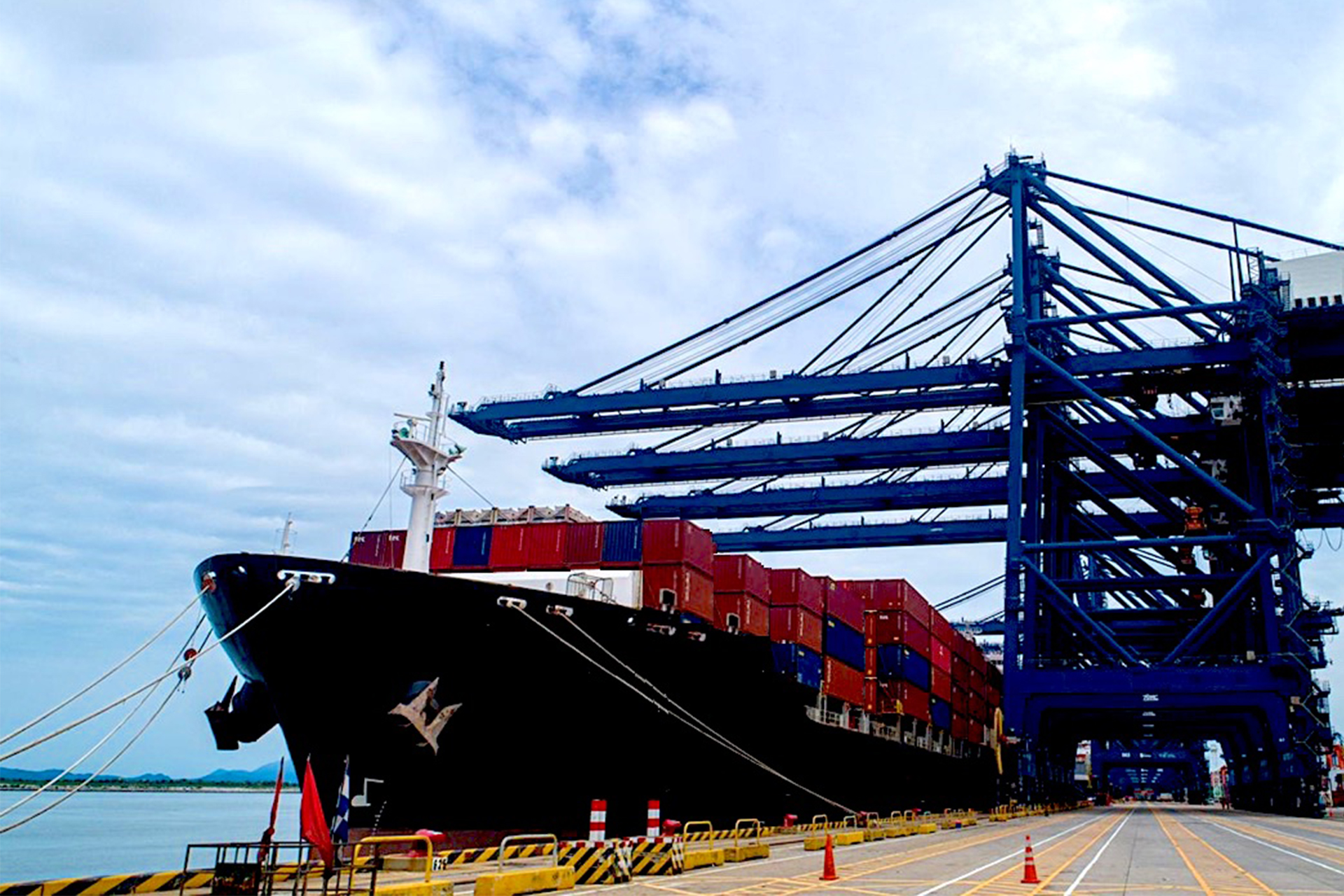The National Retail Federation, while projecting a slowdown at U.S ports, applauded the White House announcement that United States and China agreed to a steep tariff reduction for 90 days as negotiations for a permanent trade deal continue.
In response to the announcement, NRF president and CEO Matthew Shay stated:
We applaud the U.S. and China for agreeing to a 90-day pause on the 125% reciprocal and retaliatory tariffs. We are encouraged by these constructive negotiations, which provide for a significant de-escalation in the current trade relationship. This temporary pause is a critical first step to provide some short-term relief for retailers and other businesses that are in the midst of ordering merchandise for the winter holiday season. And over the long term, this lays the foundation for substantial progress in achieving truly fair and balanced trade relationships with both China and our other trade partners around the world. We urge the administration and our Chinese trade partners to continue discussions to address the ongoing issues, work to remove the remaining national security tariffs and provide long-term stability between the two largest global economies.
Global Port Tracker, produced for NRF by Hackett Associates, noted import cargo volume at major container ports in the United States during May will likely experience its first year-over-year decline in more than 18 months, with tariffs imposed by President Trump having their effect on the retail supply chain. It has been noted the latest pause on certain duties on Chinese goods may result in shifts related to the level of goods arriving at U.S. ports over the next few months.
U.S. ports covered by Global Port Tracker handled 2.15 million Twenty-Foot Equivalent Units, a 20-foot container or its equivalent, during March, the latest month for which final data is available. The March volume advanced 5.5% from February and 11.3% year over year.
Ports haven’t yet reported April numbers, but Global Port Tracker projected the month at 2.2 million TEU, up 9.1% year over year. Global Port Tracker forecasts that in May, it will reach 1.81 million TEU, down 12.9% year over year, to end 19 consecutive months of year-over-year growth. The outlook for June is 1.71 million TEU, the lowest volume since March 2023 and a 20.2% drop year over year. The July forecast is 1.77 million TEU, down 23.4% year over year, while the outlook for August is 1.82 million TEU, down 21.5%, and for September is 1.79 million TEU, down 21.2%.
Before the April announcement of U.S. tariff increases, the year over year outlook for April was for volume of 2.13 million TEU, up 5.7% year over year, the May outlook was for 2.14 million TEU, up 2.8%, the June outlook was for 2.07 million TEU, down 3.2%, and July outlook was 1.99 million TEU, down 13.9%.
The latest forecast would bring the first half of 2025 to 12.13 million TEU, up only 0.3% from the period in 2024, rather than the total of 12.78 million TEU, up 5.7% year over year, forecast before the April tariffs announcement.
Import volumes have gained since last summer, first as retailers brought in cargo ahead of an October strike at East Coast and Gulf Coast U.S. ports and again in anticipation of additional tariffs due to the November election results. Imports during 2024 totaled 25.5 million TEU, up 14.7% from 2023, and the highest volume since 2021’s record 25.8 million TEU, a total that reflected developments during the COVID-19 pandemic and related supply chain issues.
Global Port Tracker provides historical data and forecasts for the U.S. ports of Los Angeles/Long Beach, Oakland, Seattle and Tacoma on the West Coast; New York/New Jersey, Port of Virginia, Charleston, Savannah, Port Everglades, Miami and Jacksonville on the East Coast, and Houston on the Gulf Coast.





